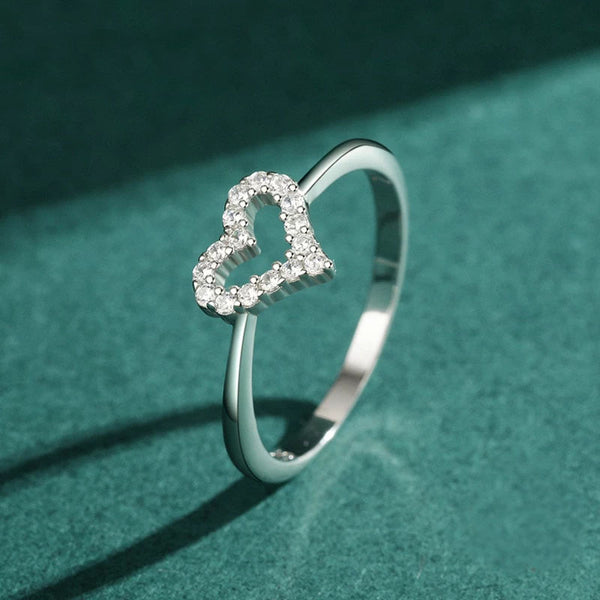The Timeless Relevance of Business Cards in the Digital Age
In today’s highly digital world, where virtual networking and online profiles dominate, the humble business card may seem like an anachronism. However, despite the proliferation of LinkedIn connections and email signatures, business cards remain a powerful tool in the professional toolkit. They serve as tangible representations of your brand and can leave lasting impressions that digital interactions often lack. Here, we explore the enduring relevance of business cards, their design evolution, and tips for creating an effective one.
The Enduring Importance of Business Cards
1. Tangibility and Memorability: Business cards provide a physical reminder of a meeting or conversation. In an era where digital interactions can be fleeting and easily forgotten, a well-designed business card can help ensure that you and your business stay top of mind.
2. Professionalism and Credibility: Handing over a business card during an introduction or after a meeting conveys professionalism. It shows that you are prepared and serious about your business interactions. This small gesture can enhance your credibility and set the tone for future engagements.
3. Networking Convenience: Business cards are incredibly convenient during networking events, conferences, and meetings. They facilitate quick exchanges of contact information without the need for devices or internet connections. This simplicity can be especially valuable in settings where digital exchanges might be cumbersome or inappropriate.
The Evolution of Business Card Design
Business card design has evolved significantly, reflecting changes in technology, culture, and aesthetics. The contemporary business card is more than just a piece of paper with contact details; it is a miniature billboard for personal or corporate branding.
1. Minimalist Design: Modern business cards often feature minimalist designs, focusing on clean lines, ample white space, and simple typography. This approach not only looks elegant but also ensures that key information is easily readable.
2. Innovative Materials and Finishes: Gone are the days when business cards were strictly paper. Today, cards can be made from metal, plastic, wood, or even fabric. Unique materials can make a card stand out and enhance its durability. Additionally, finishes like embossing, foiling, and spot UV can add a tactile dimension that makes the card more engaging.
3. Interactive Elements: Some business cards now include QR codes that link to online portfolios, websites, or digital business cards. This blend of physical and digital worlds can provide a richer experience for the recipient.
Tips for Creating an Effective Business Card
1. Prioritize Clarity: Ensure that your name, job title, company, and contact information are clear and easy to read. Avoid cluttering the card with too much information or overly complex designs igarss09.org/.
2. Reflect Your Brand: The design of your business card should reflect your personal or company brand. Use colors, fonts, and logos that are consistent with other branding materials to create a cohesive identity.
3. Include Essential Information: Besides the basics, consider including a tagline or a brief description of what you do. This can provide context for your role and make your card more memorable.
4. Choose Quality Printing: The quality of the card stock and printing can significantly impact how your card is perceived. Invest in high-quality printing to convey professionalism and attention to detail.
5. Consider a Unique Shape or Size: While standard-sized business cards are practical, opting for a unique shape or size can make your card stand out. Just ensure that it still fits comfortably in a wallet or business card holder.
Conclusion
In conclusion, while the digital revolution has transformed many aspects of professional life, the business card remains a vital tool for networking and personal branding. Its tangibility, ability to convey professionalism, and evolving design possibilities ensure that it continues to play a crucial role in business interactions. By paying attention to design and content, you can create a business card that not only conveys essential information but also leaves a lasting impression.










